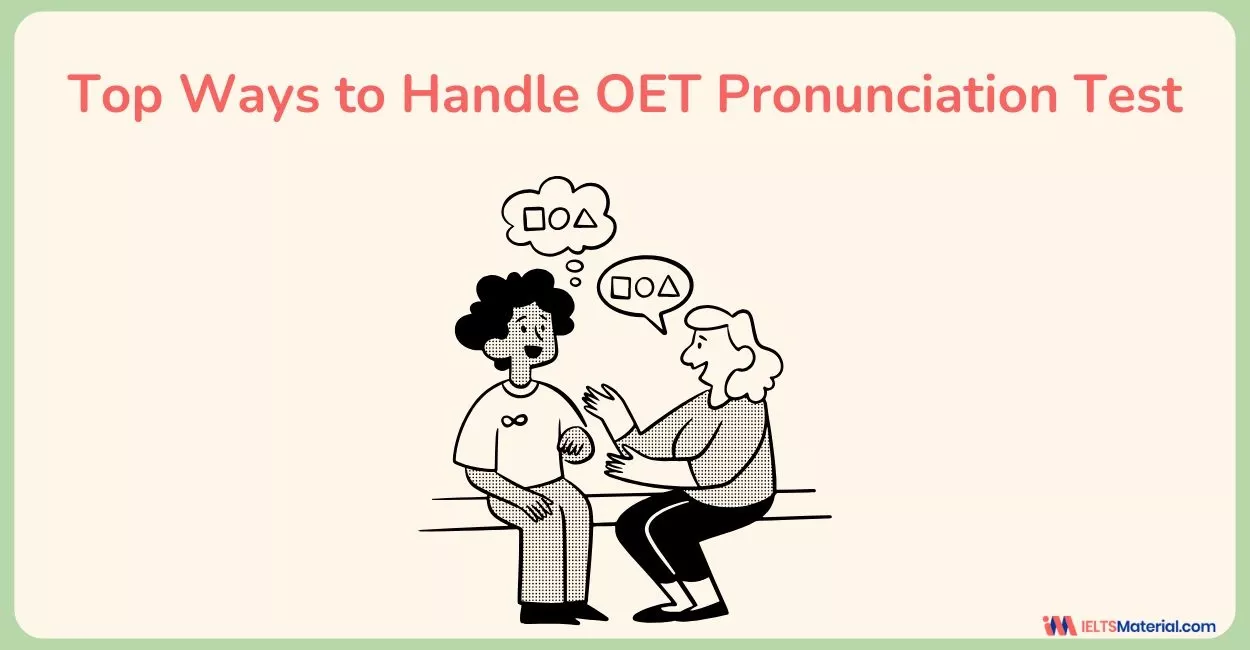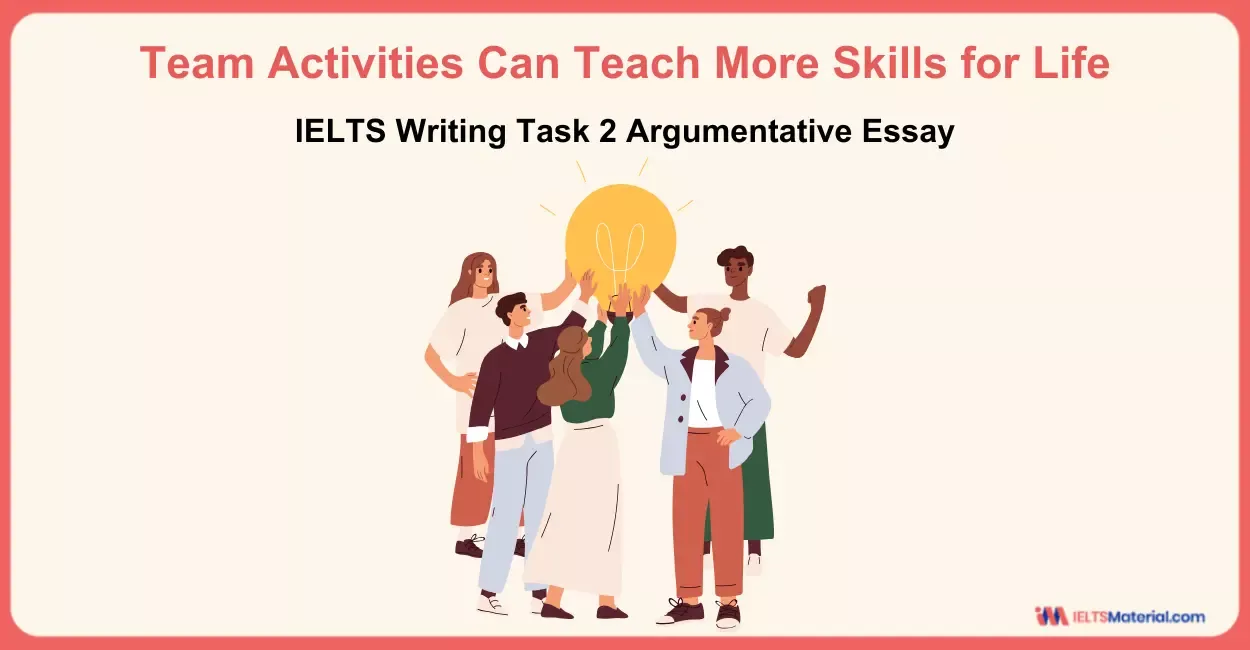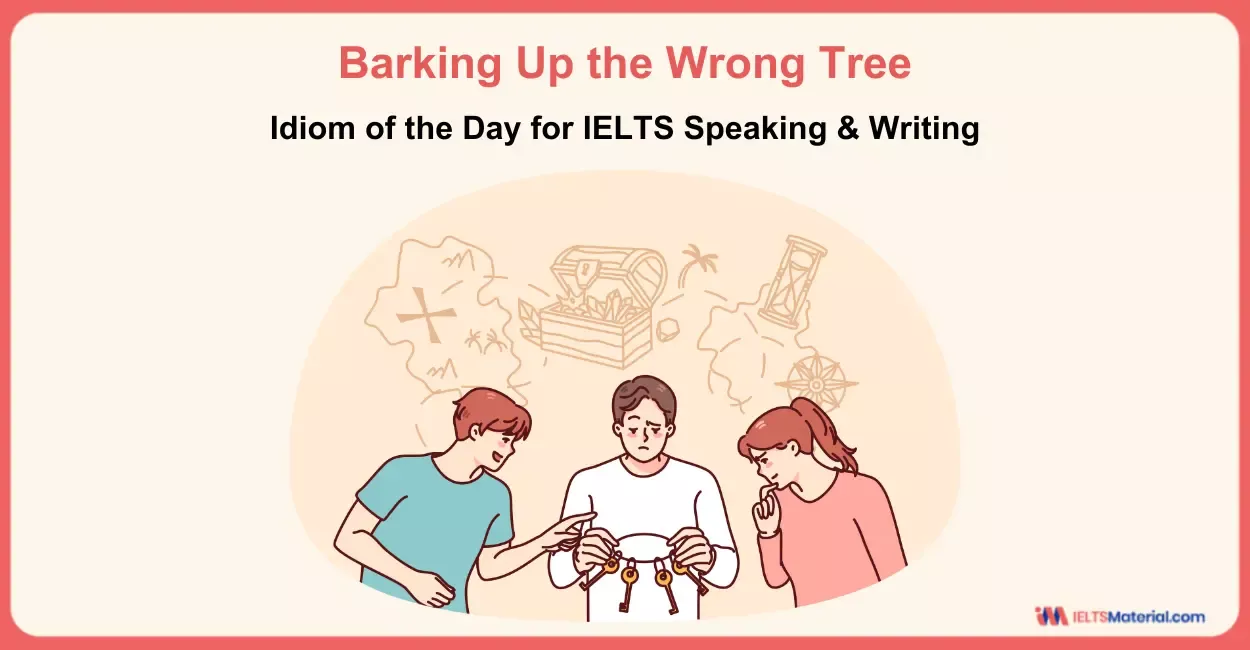Cohesive Devices in IELTS Writing: Meaning, Examples & List
Struggling with cohesive devices in English? Discover their meaning, types, and examples, along with a list of cohesive devices and sample sentences to enhance your IELTS Writing Task 2!
Table of Contents

Limited-Time Offer : Access a FREE 10-Day IELTS Study Plan!
Cohesive devices, also known as linking words or connectors, are essential in academic writing. They help organize ideas, create logical connections, and improve coherence in essays. Using cohesive devices in English effectively can significantly enhance your IELTS Writing score.
This guide explores the cohesive devices meaning, provides an example of cohesive devices in use, and shares a list of cohesive devices along with cohesive devices examples sentences to help you master them for IELTS.
What Are Cohesive Devices?
Cohesive devices are words or phrases that connect different parts of a text to ensure logical flow. They signal relationships such as addition, contrast, cause and effect, and examples. For example, words and phrases like ‘however’, ‘therefore’, ‘in addition’, ‘for example’, ‘to conclude’ etc. are connectors and linking words for IELTS writing task 2. Common cohesive words include:
- Addition: Furthermore, moreover, in addition
- Contrast: However, on the other hand, although
- Cause & Effect: Therefore, as a result, consequently
- Examples: For instance, for example, to illustrate
- Conclusion: In conclusion, to sum up, overall
Mastering cohesive devices' meaning and their proper placement makes your writing smoother and more readable.
Join us in our IELTS webinars to learn proven tricks to handle IELTS Writing Task 2 essays!
Types of Cohesive Devices in English
The list of cohesive devices includes various types that serve different purposes that can be used in both IELTS Writing as well as linking words for IELTS Speaking:
- Reference Words: Pronouns like it, this, that, which (e.g., Smoking is harmful. This habit leads to diseases.)
- Substitution Words: Words like do, one to replace a noun (e.g., Doctors recommend regular exercise. Doing so improves health.)
- Conjunctions: Words like and, but, so (e.g., He studied hard, so he passed the exam.)
- Repetition: Repeating key ideas for emphasis (e.g., Reading improves knowledge. Reading also enhances vocabulary.)
- Synonyms: Using different words with similar meanings (e.g., Teachers encourage learning. Educators promote knowledge.)
- Antonyms: Using contrasting words (e.g., Some prefer online classes, while others favor traditional learning.)
- Collocation: Using commonly paired words (e.g., She played a starring role in the film.)
- Discourse Markers: Phrases that organize text (e.g., On the other hand, some argue against this idea.)
Understanding this list of cohesive devices helps in structuring IELTS Writing Task 2 essays logically.
Examples of Cohesive Devices
Cohesive Devices Example Sentences for IELTS Writing
Here are some cohesive devices examples used in IELTS Writing Task 2:
- Referencing: A balanced diet is essential. This principle applies to all age groups.
- Substitution: Some enjoy working remotely. Others prefer office jobs.
- Conjunction: The Internet has revolutionized communication, but it also raises privacy concerns.
- Repetition: Education plays a crucial role in personal growth. Education also enhances job opportunities.
- Synonyms: Parents should encourage physical activities. Exercise has numerous benefits.
- Antonyms: Some advocate strict discipline. Others support a more flexible approach.
- Collocation: The research presented compelling evidence.
- Discourse Markers: However, many people argue that technology negatively affects social skills.
Using a variety of cohesive words appropriately makes your writing more structured and easier to follow.
Confused about writing an IELTS Essay ? Book a free trial & gain insights from our IELTS Experts!
Tips for Using Cohesive Devices Effectively
To use cohesive devices in English correctly, follow these guidelines:
- Don’t overuse them. Using too many can make writing seem unnatural.
- Be consistent. Don’t jump between different devices randomly.
- Use a variety. Relying only on basic conjunctions like ‘and’, ‘but’, and ‘so’ is repetitive.
- Choose devices appropriately. Use contrasting words for opposing ideas, and linking words for related ideas.
- Pay attention to order and placement. Put them at the right spot in a sentence or paragraph.
- Vary length. Alternate between single-word devices and longer phrases.
- Check for grammar. Make sure the device fits correctly in the sentence structure.
These tips will help you master cohesive devices examples sentences and improve coherence in IELTS Writing.
Why Coherence and Cohesion Matter in IELTS Writing?
Coherence and Cohesion in IELTS Writing account for 25% of the IELTS Writing band score. The IELTS Band Descriptors state that high-scoring essays should use “a range of cohesive devices appropriately.” Misusing or overusing them can lower your score.
Using a list of cohesive devices effectively ensures logical flow in paragraphs and boosts readability, increasing your chances of scoring IELTS band score 7+.
Example Essay Using Cohesive Devices
Here’s an example of cohesive devices in an IELTS Writing Task 2 essay:
Essay Question: Some believe that sports benefit society, while others think they are a waste of time. Discuss both views and give your opinion.
Sample Essay:
Sports have always been a topic of debate. On the one hand, they promote fitness and teamwork. For example, team sports like football and basketball encourage cooperation. Moreover, sports help individuals manage stress.
On the other hand, sports also pose risks such as injuries. Furthermore, excessive sports engagement can negatively impact studies or work. Although sports have undeniable advantages, in some cases, they can lead to unhealthy obsessions.
In conclusion, sports contribute positively to society but should be practiced in moderation. Therefore, a balanced approach ensures benefits without drawbacks.
This essay demonstrates cohesion and coherence by using cohesive devices examples sentences, including discourse markers (on the one hand, in conclusion), referencing words (they, this), and synonyms (fitness/exercise, teamwork/cooperation).
Mastering cohesive devices is essential for improving coherence and cohesion in IELTS Writing.
- Learn the cohesive devices meaning and how to use them.
- Use a list of cohesive devices to structure your writing logically.
- Practice with cohesive devices examples sentences to enhance readability.
- Refer to IELTS sample essays to see cohesive words in context.
By applying these techniques, you can boost your writing coherence and achieve Band 8+ in IELTS Writing Task 2! For more IELTS preparation tips, check out our IELTS Writing practice tests and sample answers.
Boost Your IELTS Prep with Our Grammar Workbook – Buy Now!
Also Check:
- Top 10 IELTS Grammar Books
- Adverbs for IELTS
- Synonyms for IELTS Writing: The Ultimate Guide
- Advanced Grammar for IELTS With Comparative and Superlative Exercises
- Advanced Grammar for IELTS: Emphatic structures exercises and inversion
- Advanced Grammar for IELTS: Modal Verbs (1) : Can, Could, May, Might, Be able to
Explore IELTS related articles

Start Preparing for IELTS: Get Your 10-Day Study Plan Today!
Explore other IELTS Articles

Kasturika Samanta

Prity Mallick


Nehasri Ravishenbagam
Recent Articles

Nehasri Ravishenbagam

Nehasri Ravishenbagam

Haniya Yashfeen





Post your Comments